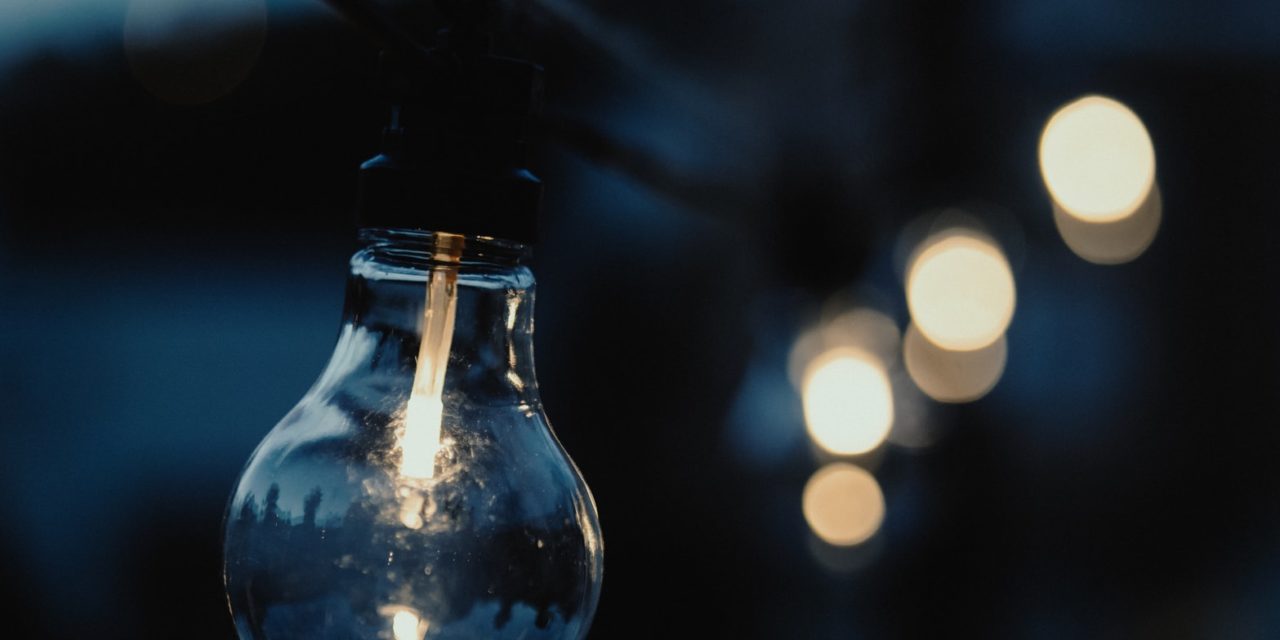[ad_1]
Up and until now there were no good lighting solutions that could survive a shock, vibration or prolonged periods of being in high humidity environments or submerged in water, yet fully functional once the adverse conditions subside.
Conventional Lighting
Conventional lighting often use metal-halide or some form of mercury laden bulb or tube technology that can easily break due to vibration, concussion or shock. As a result conventional lighting is more likely to be not available in an emergency in addition adding insult to injury poisoning the environment, humans and animals nearby with unhealthy amounts of mercury. Conventional lighting requires larger generators or grid power to operate.
LED Lighting designed for Emergencies and Disasters
State-of-the-art LED lighting can offer a real alternative as the best performing technology during disasters. When designed appropriately, certain LED lighting fixtures lend themselves to be more robust light fixtures outperforming any conventional lighting technology, during and after a disaster.
Unlike any other conventional lighting technology, LED light sources that are appropriately protected, do not suffer from vibration, power fluctuations or humidity. They are able to start immediately at extreme temperatures from -55°C (-56°F) to +60°C ambient temperatures.
As LED light sources are generally driven by low voltage power drivers they lend themselves to be driven from DC power sources like batteries, solar panels or wind mills in addition to being driven from grid power or conventional generators. Due to their much lower power consumption they can provide adequate lighting for a longer period when driven from emergency power sources like generators or batteries.
LED lighting systems can be designed so that they do not lose any light-output with use nor do they change their correlated color temperature (CRI). Although, many main stream lighting brands design for obsolescence, some less mainstream players do provide 10 year warranties on their drivers and guaranteed light output without restrictions, those will be the best lighting fixtures to use for emergency and disaster proof lighting.
Of course quality products that are made from better heat transporting materials are more expensive to make, yet their return of investment (ROI) is normally better than a conventional built-to-fail and therefore cheap lighting product. The better ROI is also due to the high cost of identifying, monitoring and replacing failed lighting bulbs or fixtures which obviously is not required for a lasting and highly reliable light fixtures.
Most importantly in a disaster or after energy sources may be scarce, LED lighting designed for the purpose can run four times longer from a generator producing the same light output of conventional technology. Conventional technology is not suitable to be run off batteries while LED technology can be run with 5 times the efficiency compared to conventional lighting that is run from batteries.
Conclusion
Until a better and even safer way to produce light more efficiently comes along, one can make the now reasonable assumption that LED lighting will be the lighting technology for some time to come.It makes sense to invest into the higher performance LED lighting which saves between 15% and 50% more energy compared to its cheaper and disposable LED equivalent and will perform significantly better during and after a disaster than any other conventional lighting.
[ad_2]
Source by Klaus Bollmann


